Best Practices When Using Duplex Stainless Steels
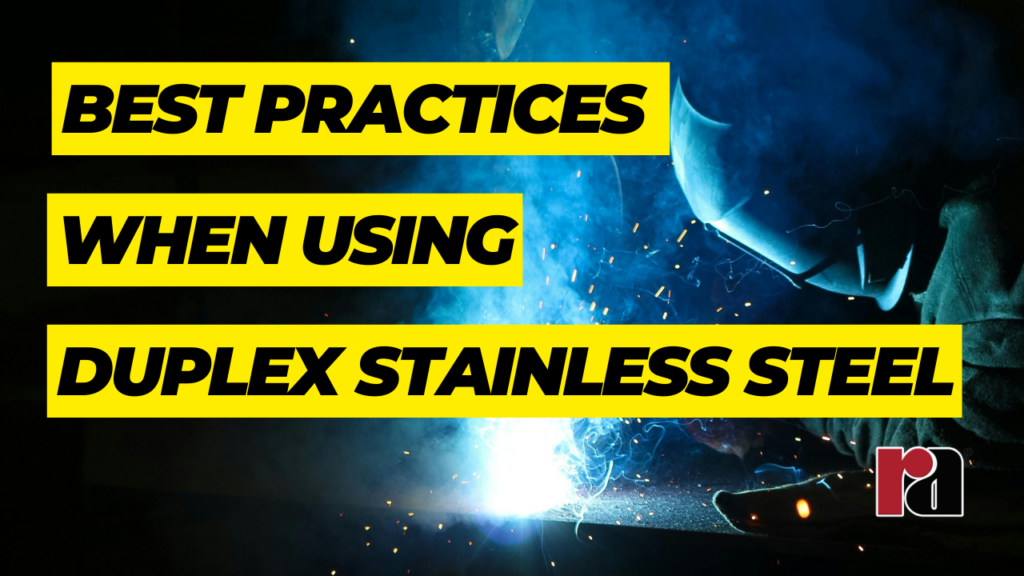
Best Practices When Using Duplex Stainless Steel Watch the Presentation Below https://www.youtube.com/watch?v=CobElRfi9vk PRESENTATION SLIDES Welcome, readers, to our exploration of best practices when utilizing duplex stainless steels. In today’s blog, we delve into the insights shared during a recent webinar conducted by Rolled Alloys, where Dr. Glenn Byrne, an esteemed expert in metallurgy, provided invaluable […]
Things to Know About PREN
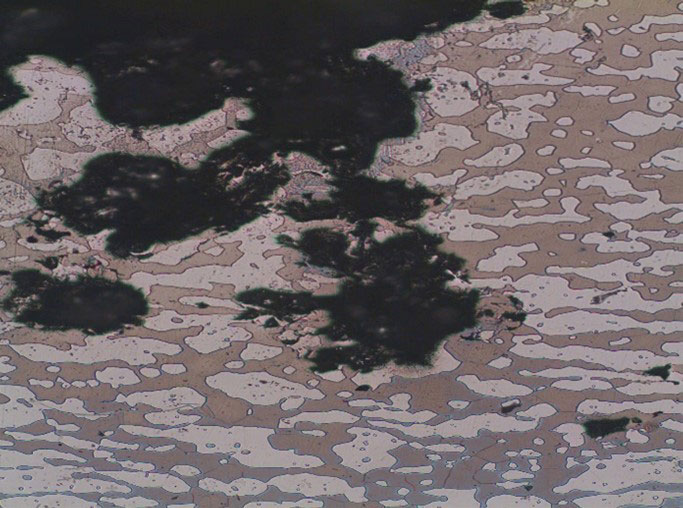
Highlighting the importance of factors beyond PREN, like manufacturing processes and heat treatment, is essential for predicting corrosion resistance accurately in various environments.
Best Practices When Using Specialty Materials for SWRO Feed and Brine Reject Lines
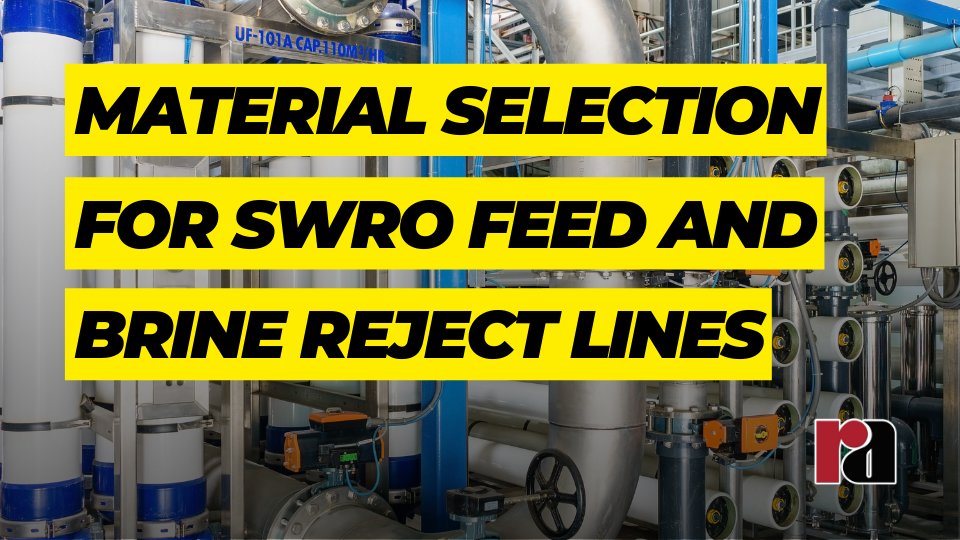
Best Practices When Using Specialty Materials For SWRO Feed and Brine Reject Lines Selecting materials for Saltwater Reverse Osmosis (SWRO) applications demands precision and expertise. In this comprehensive guide, we delve into the evolution of material selection strategies, exploring corrosion-resistant alloys and their performance in SWRO environments. WATCH THE PRESENTATION BELOW https://youtu.be/M9VreafUSBc PRESENTATION SLIDES SUMMARY […]
Dual Certification

The term “dual certification” is primarily employed when certifying a material as meeting the specifications for two separate alloys.
Determining Condition of Age-Hardenable Alloys
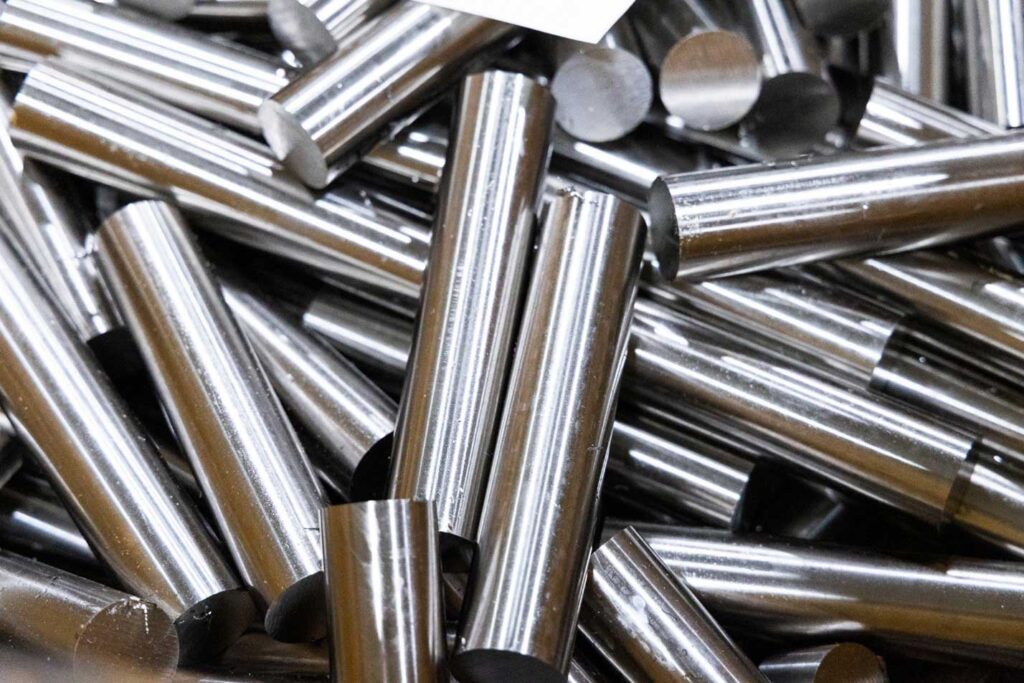
There is a lot of confusion about the condition that age-hardenable materials, such as 17-4 or 718 are in. Are they annealed, solution annealed, or aged; and how can you tell?
Age-hardenable materials are heat treated to a particular sequence:
Understanding High-Temperature Distortion of Metals
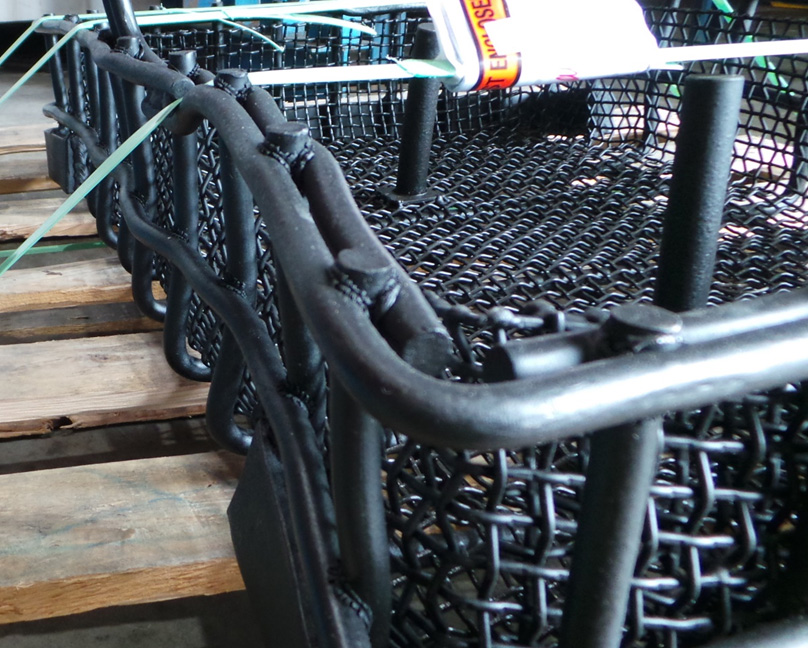
Understanding High-Temperature Distortion of Metals When metals are subjected to high temperatures, they undergo expansion. The extent of expansion is measured in terms of the coefficient of thermal expansion. This physical property is frequently cited for various engineering materials. In the thermal processing industry, neglecting thermal expansion is a leading cause of failure of thermal […]
Introduction to Heat Resistant Alloys
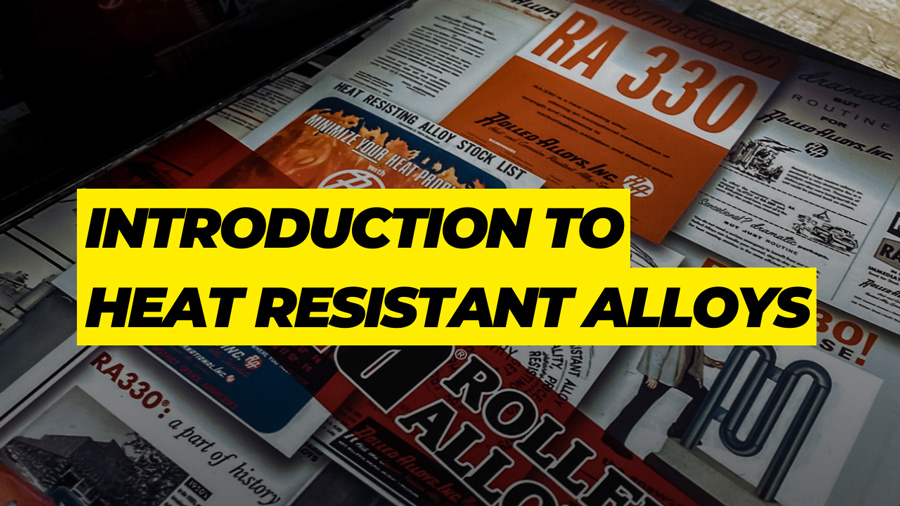
Introduction to Heat Resistant Alloys We have been supporting the heat-resistant alloy market for over 70 years. Many different industries, such as thermal processing, chemical processing, and power generation, depend on the capabilities of these alloys to perform day-to-day activities. In this webinar, we will explore the world of wrought heat-resistant alloys. The listener will […]
Sheet and Plate Flatness
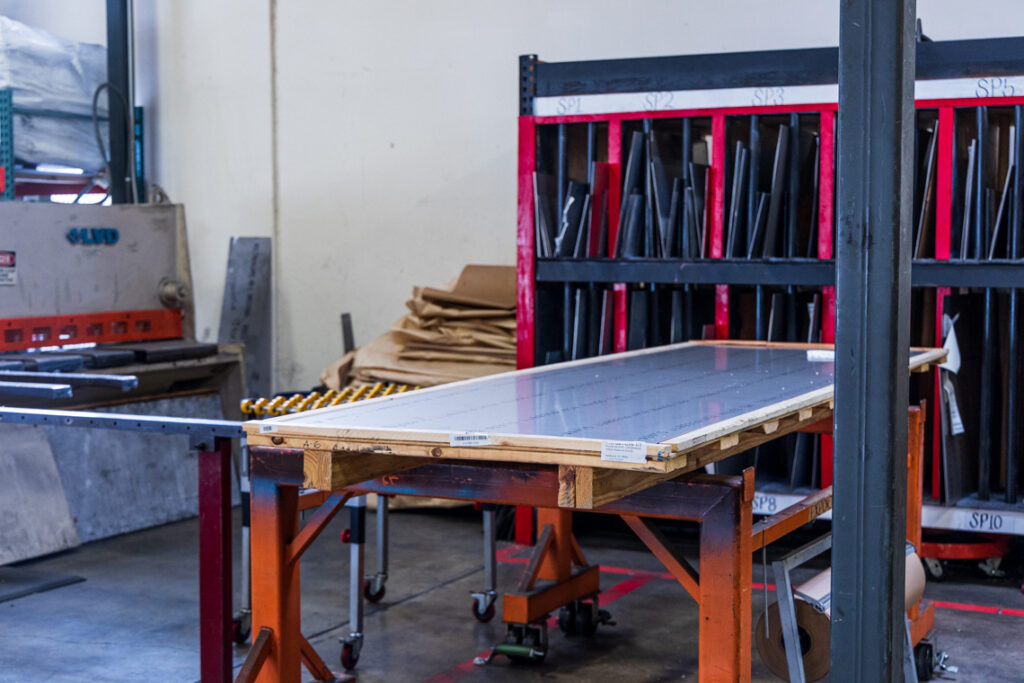
Sheet and Plate Flatness We would prefer it if all plates and sheets were “flat”. Unfortunately, the reality is quite different, and the standard commercial specifications for producing these products recognize this reality. The requirements for the flatness of plate and sheet products sold by Rolled Alloys vary considerably by the type of product, […]
Pipe Sizes and Tolerances
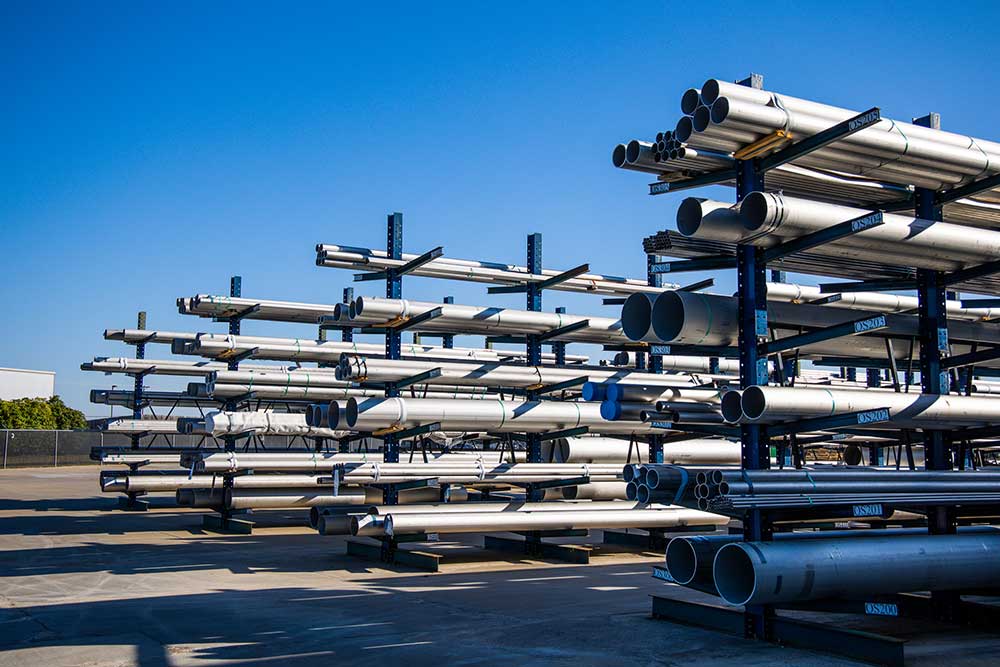
Pipe Sizes and Tolerances Nominal Pipe Sizes (NPS) Steel pipe sizes are based on historical dimensions called Nominal Pipe Sizes (NPS) which standardize the nominal outside diameter (OD). Additionally, a series of standard wall thicknesses known as Schedules (SCH) was also developed years ago. The units for both NPS and SCH are dimensionless. A larger […]
Ferrite Content in Austenitic Stainless Steels
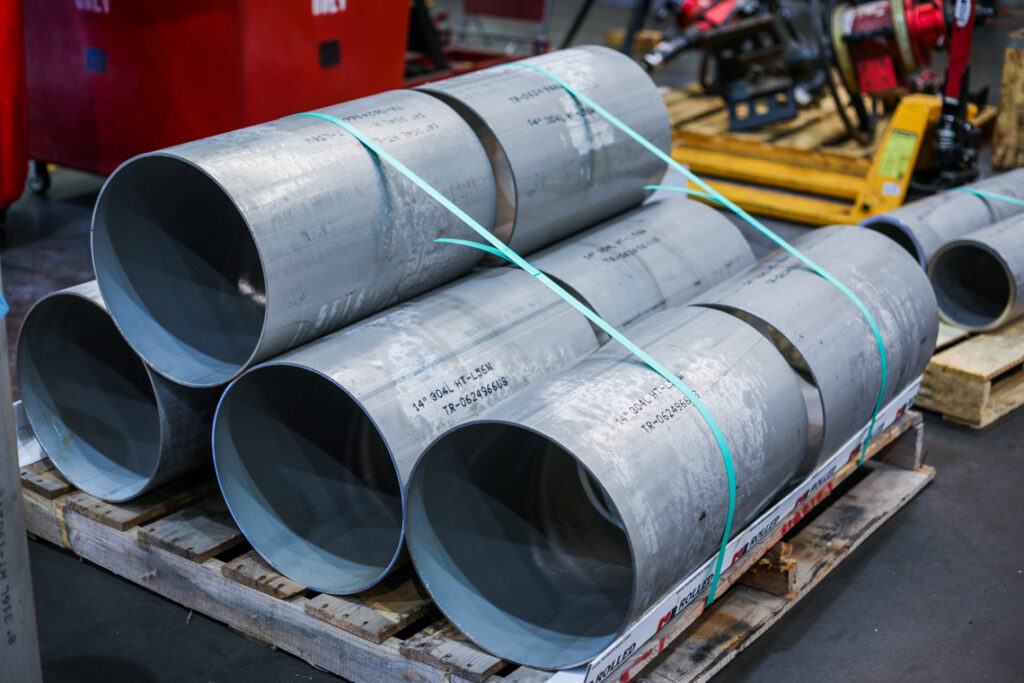
Ferrite Content in Austenitic Stainless Steels The basic 300 series stainless steels like 304/304L and 316/316L have an austenitic microstructure and are non-magnetic. In the annealed condition, they are essentially free of ferrite, which is magnetic. Cast products of these alloys typically have some ferrite present. These alloys also form some ferrite when they are […]
